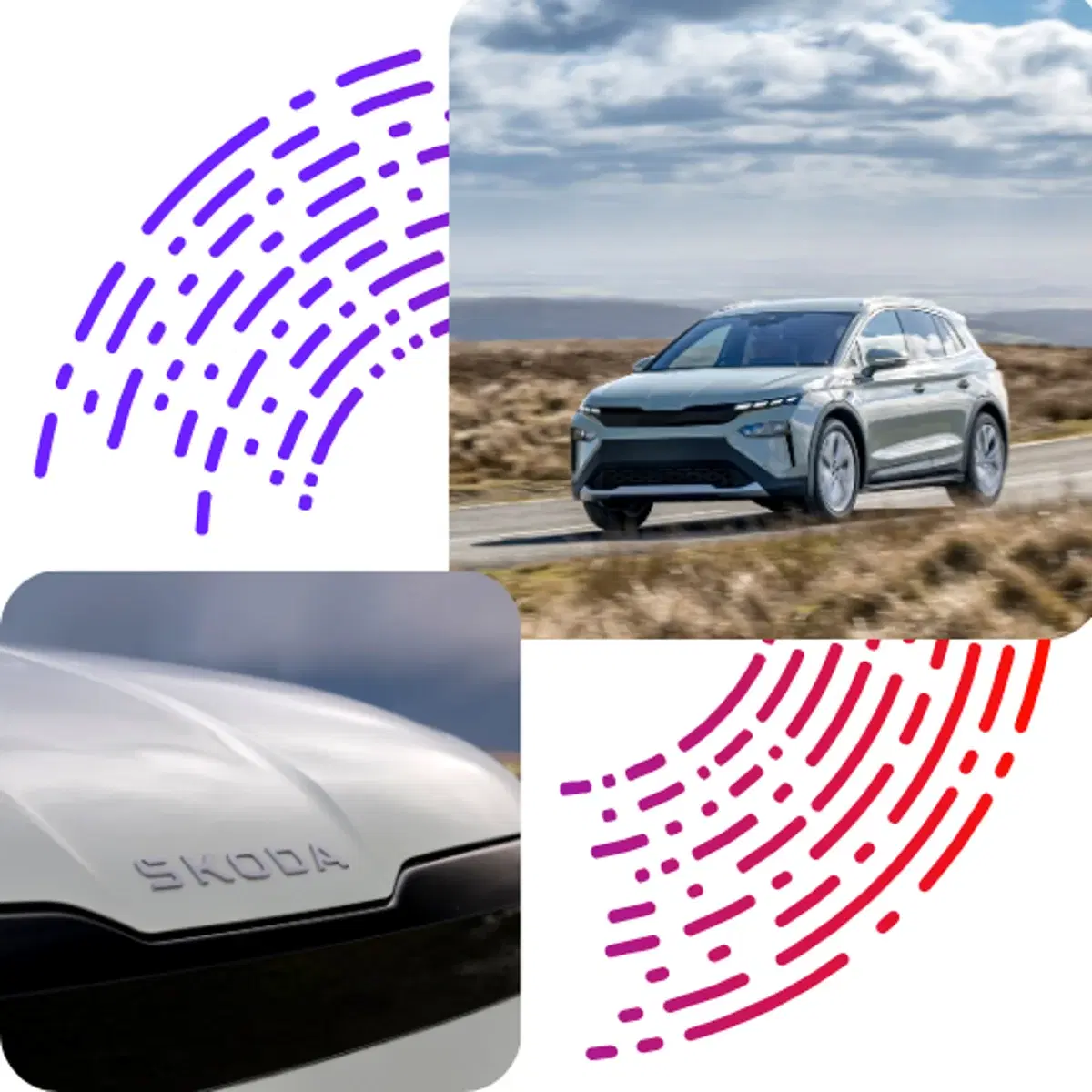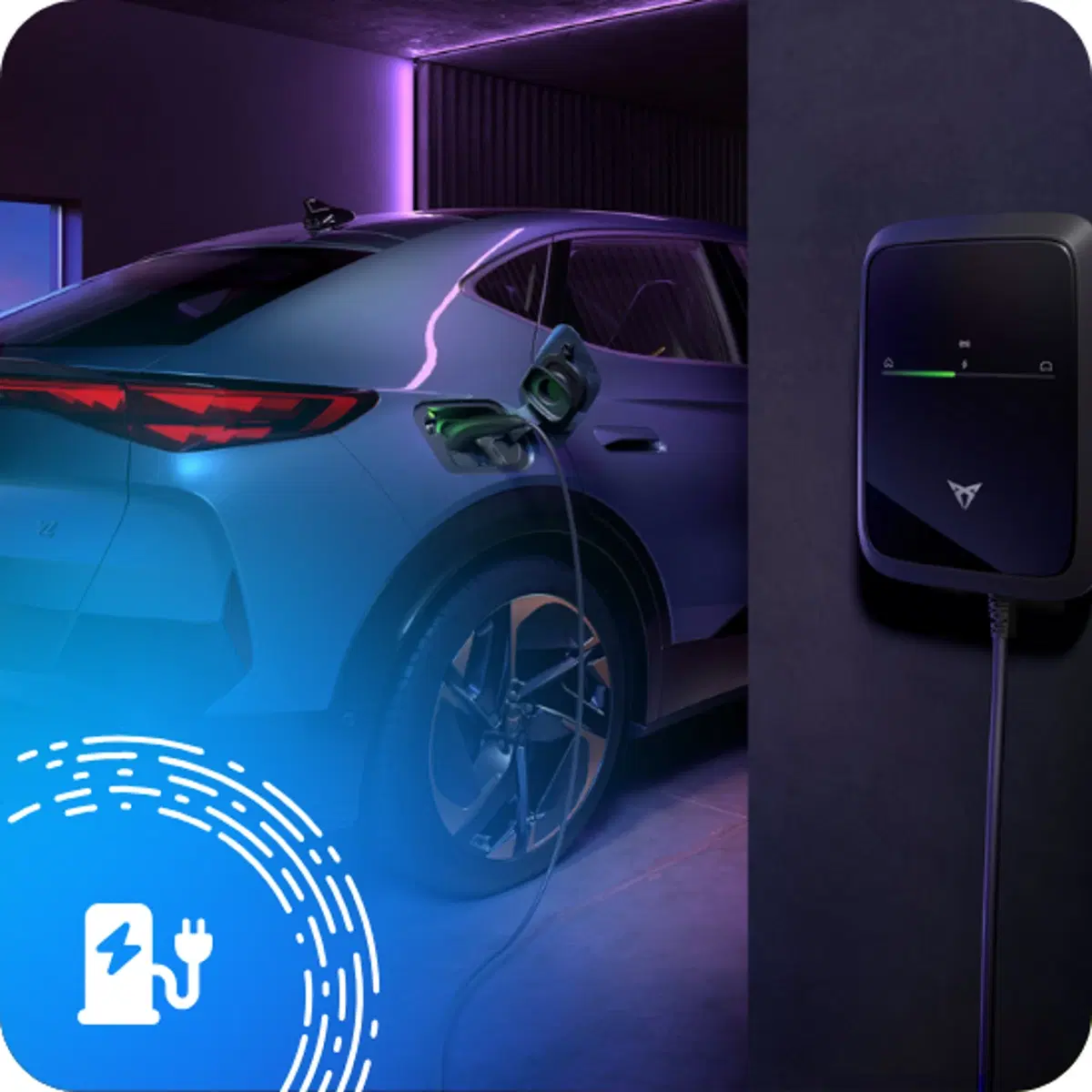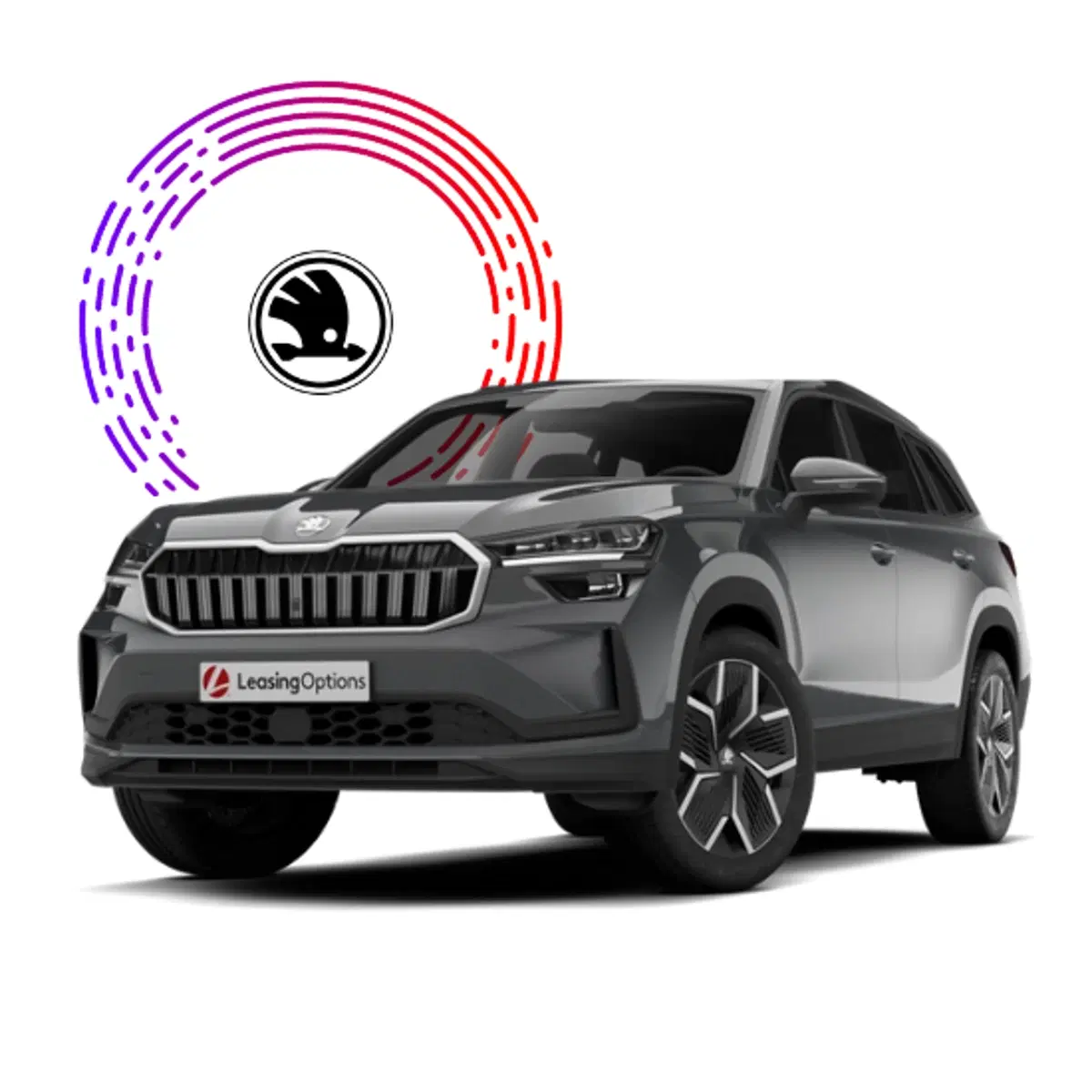
Skoda Leasing
All this is available for less with a Skoda lease deal from Leasing Options with our price match promise. Browse the latest deals below or speak to our expert Skoda leasing team to find your perfect vehicle.

Inc. VAT

Inc. VAT

Inc. VAT

Inc. VAT

Inc. VAT

Inc. VAT

Inc. VAT

Inc. VAT

Inc. VAT
What style Skoda are you looking to drive?
Our best Skoda deals
Discover Skoda leasing
Regarding business or personal leases, the main difference comes down to the fact that a personal lease is for private use, whilst a business lease is for a company, and can offer potential tax benefits. For more information, be sure to read our guide on business vs personal leases.
Whether you’re after a business lease for professional purposes or a personal car lease, you can find the right Skoda deal for you here at Leasing Options.
Discover Skoda leasing
- Skoda lease cars are award-winning with fantastic safety ratings.
- Take advantage of Skoda’s innovative “Simply Clever” features.
- Skoda are known for being a brand offering great value for money – reliable cars that boast clever touches without a premium price tag.

Skoda’s best family car lease deals
Skoda has developed some of the most remarkable family SUVs in its price range. With perfect models for small, younger families right through to large families who demand much more space. So, if you’re looking for the perfect family car, a Skoda lease deal could be just right for you.
Skoda’s best small family car
The smallest in the Skoda SUV range, the Kamiq perfectly nails the balance between compactness and practicality. Whilst it may be labelled ‘small’, there’s still plenty of space, so there’s no concern when it comes to comfort.
Skoda’s best midsize family car
The Karoq is a midsize family SUV that’s reliable and sturdy, along with being packed with standard equipment and clever touches, ensuring you’re getting great value for money.
Skoda’s best large family car
Available as a five or seven-seat SUV, the Kodiaq won't break the bank, despite its size. It’s a marvellous drive too, with an efficient engine, a smart interior, and plenty of room for passengers and luggage alike.
Skoda’s best electric family car
For the eco-conscious, there’s also the award-winning, all-electric Enyaq – we’ll delve further into this in our section on electric and hybrid lease deals from Skoda below.

Save the environment – lease an electric or hybrid from Skoda
Offering exceptional value for money and reliable performance, Skoda has a range of electric and hybrid vehicles to suit every type of driver.
With a fantastic range of up to 353 miles, the Skoda Enyaq is an all-electric car available in a choice of SUV and coupe which is ideal for families and lone drivers, depending on your chosen version.
Not ready to switch to a fully electric car? The Superb Estate and Kodiaq are available as plug-in hybrid versions. Combining an electric range with a petrol engine, plug-in hybrids let you reduce your fuel consumption, ideal for urban and suburban driving.
Contact our expert team today to discover your electric and hybrid Skoda leasing options.

Why lease a Skoda?
Wondering whether you should choose a Skoda lease over alternative types of finance? Here are just a few of the benefits:
- Flexible monthly payments that fit in with your budget
- Road tax and warranty included
- Maintenance and insurance-included options to consolidate your motoring costs
- Upgrade to a new model every few years
- Leasing term lengths to suit you
- Expert advice throughout the process

Why lease with Leasing Options?
Simple, we make leasing easy, honest and affordable for our customers.
We're award winning with over 35 years' in the industry and we're one of the UK's most trusted leasing brokers, rated Excellent on Trustpilot with a 4.9-star rating from over 20,000 reviews.
With Leasing Options, you get jargon-free advice, tailored quotes, and ongoing support from a team that genuinely wants to get you the right deal, not just any deal and we back that up with our Price Match Promise (if you find a cheaper price elsewhere we will match it or give you £50).
We also make managing your motoring costs effortless. Not only will your vehicle will be delivered to your door for free, you can choose to include maintenance and insurance in your monthly payment (which already covers your road tax), and even add an EV charger with an great rate, keeping everything in one simple, affordable package.

Skoda customer reviews
Overall Average Rating
Based on:
10 Verified Customer Reviews
4.5 out of 5 Average Rating
Frequently Asked Skoda Leasing Questions
Depending on contract details, some of our most affordable Skoda leases include the Enyaq, the brand’s first all-electric SUV and the five-door hatchback, Scala.
It's worth noting that there are a number of different factors that can impact the price of a Skoda lease deal, such as the length of contract or trim level. Our guide on the cost to lease a car goes into further detail on this topic.
A popular brand, Skoda’s cars combine impressive performance, comfort, practicality and value for money. This lineup is affordable without sacrificing quality. A division of the VW Group, Skoda benefits from the company’s long and impressive heritage.
We work with specialist funders to help drivers with bad credit, so you may be accepted even with a lower credit rating when trying to lease a Skoda. We have a complete guide on leasing with bad credit. It's best to contact our account managers who can tailor your application to your circumstances.
Skoda has a fantastic reputation for safety, performing well across the board in the Euro NCAP safety ratings with a lot of five-star scores.
You’ll receive a two-year unlimited mileage warranty and a three-year, 60,000-mile warranty, covering you for the typical duration of a lease contract.
